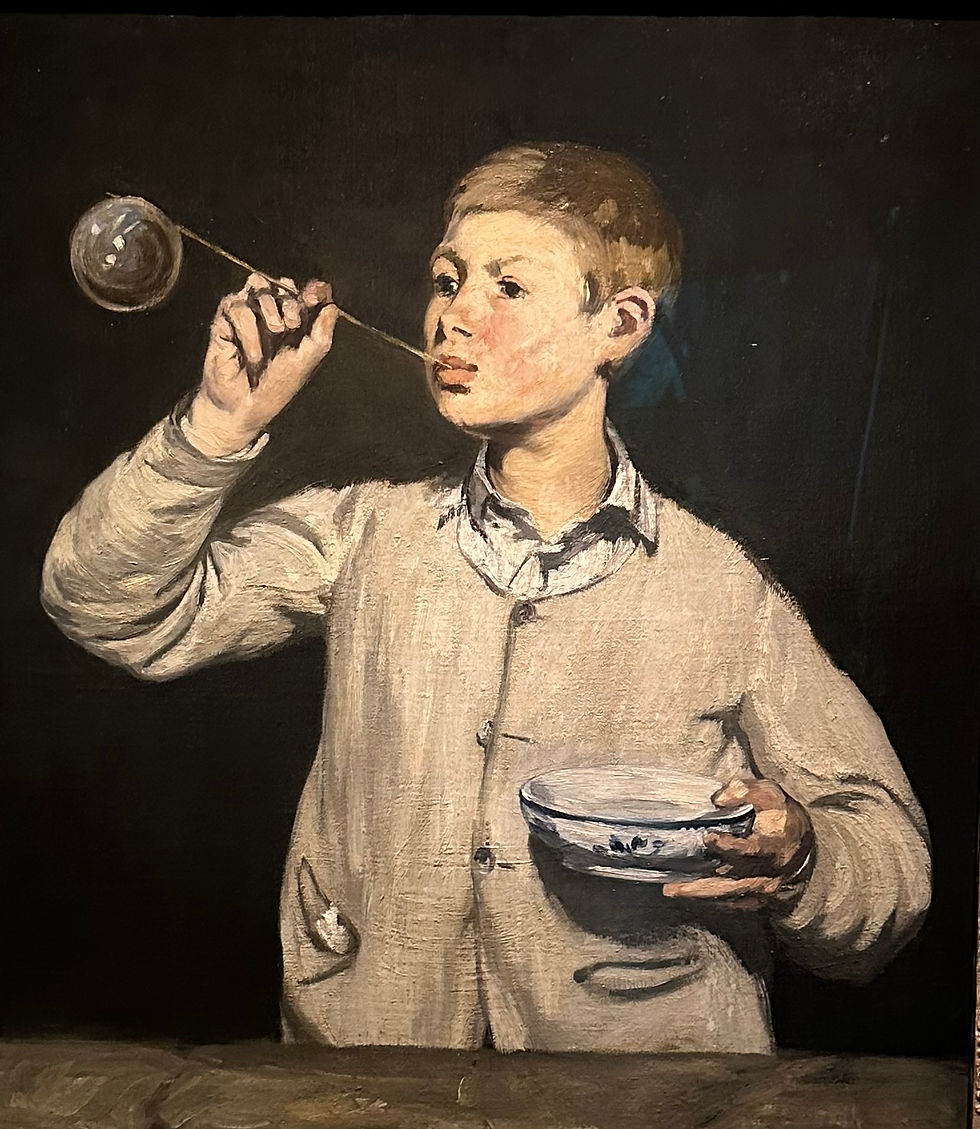Art As Autobiography
- Fred Van Liew
- Jan 15, 2023
- 2 min read
I wanted to visit the Gulbenkian. Pa resisted. I explained that the Gulbenkian is one of the finest art museums in the world. He responded that he’d not grown up with art and felt ignorant when in the company of those who had. I promised we wouldn’t stay long, devoting attention only to what attracted him. He apologized for his reluctance and said he would do his best to appreciate the experience.
Arriving just as it opened, we made our way through the spacious entry, pausing briefly at the welcoming sculpture.

I could sense Pa’s uneasiness. “We Dutch are open minded,” he said. “Nevertheless, we value proper attire.” I saw no reason to engage him on the subject.
After purchasing our ticket, half price with the senior discount, we proceeded to the Egyptian exhibit. Passing quickly by the pottery and metal work, we stopped to admire two male figures.


”They’re quite life like,” Pa observed, “given their age.”
The Islamic exhibit followed. We spent little time with the artifacts. Instead, a wise old man caught his eye,

and the books.



As a boy, when he wasn’t playing football or baseball, Pa read. At an early age, he was fascinated by history, geography, and the stories of the great explorers. Though he knows little of Islamic tradition and culture, it somehow resonates with him.
Next, the Far East and a large multi-paneled depiction of medieval Japanese life.

Pa studied it for the longest while, particularly the scenes of public areas - the buildings, walls, courtyards. Years before I knew him, Pa had engaged in city planning, having written two books on the subject late in his career.
Pa then pointed to an older gentleman tending to a child, a second child nearby.

“I like that,” he said, with a smile.
After Japan, the Renaissance and paintings depicting New Testament events.


I sensed a shift. Pa no longer saw the elaborately framed works as art, but rather as living images, distillations of the stories of his youth.

The same with portraits, in which he saw himself as a boy, interested in the way things work.

He saw his beloved Bea as she was when they were courting.

And as his wife, years later, mother of their three daughters.

He saw her again, near the end of her life, returning after what had been a very long journey.

I asked him how he was feeling. He answered softly, almost with reverence:
“Death is the call to the pilgrim being called home at dusk.”
We spoke little after that, until lunch called. Deferring to Pa, he ordered the quiche.

“Now that’s art,” he said with a grin.






Comments